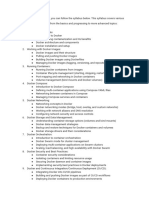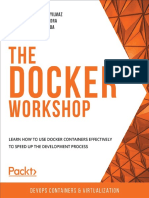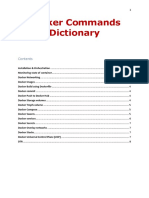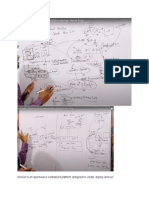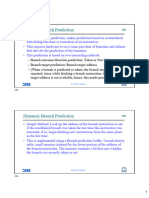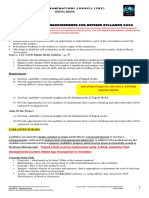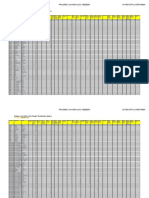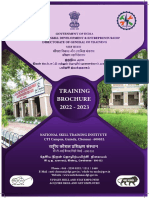0% found this document useful (0 votes)
11 views6 pagesDocker Syllabus
The Docker syllabus covers fundamental concepts of containers and Docker, including installation, image management, container lifecycle, data management, networking, and Docker Compose for multi-container applications. It also introduces advanced topics such as Docker Hub, Docker Swarm, Kubernetes, and security practices. Hands-on labs provide practical experience in running containers, building images, managing data, and deploying applications.
Uploaded by
manohar a zalkiCopyright
© © All Rights Reserved
We take content rights seriously. If you suspect this is your content, claim it here.
Available Formats
Download as DOCX, PDF, TXT or read online on Scribd
0% found this document useful (0 votes)
11 views6 pagesDocker Syllabus
The Docker syllabus covers fundamental concepts of containers and Docker, including installation, image management, container lifecycle, data management, networking, and Docker Compose for multi-container applications. It also introduces advanced topics such as Docker Hub, Docker Swarm, Kubernetes, and security practices. Hands-on labs provide practical experience in running containers, building images, managing data, and deploying applications.
Uploaded by
manohar a zalkiCopyright
© © All Rights Reserved
We take content rights seriously. If you suspect this is your content, claim it here.
Available Formats
Download as DOCX, PDF, TXT or read online on Scribd
/ 6


